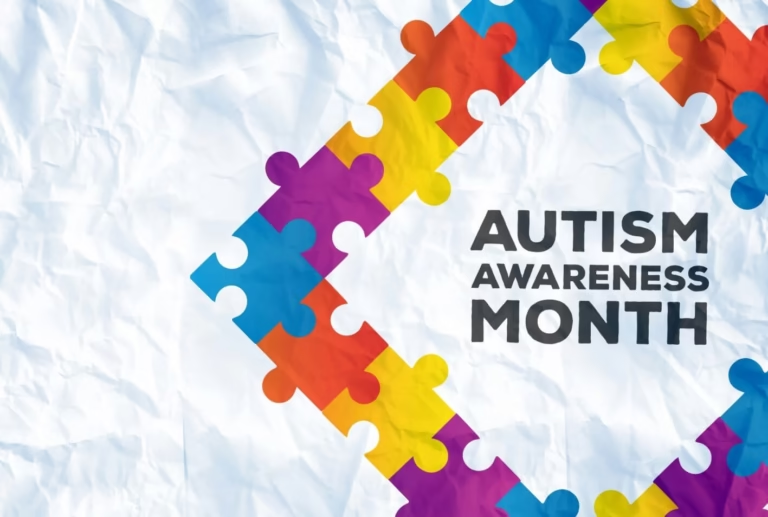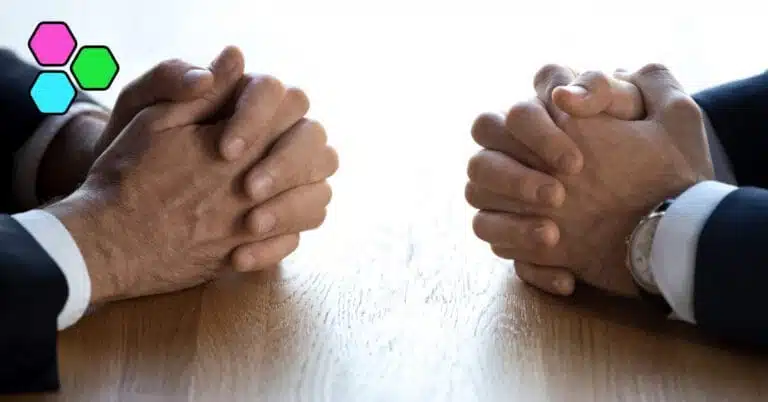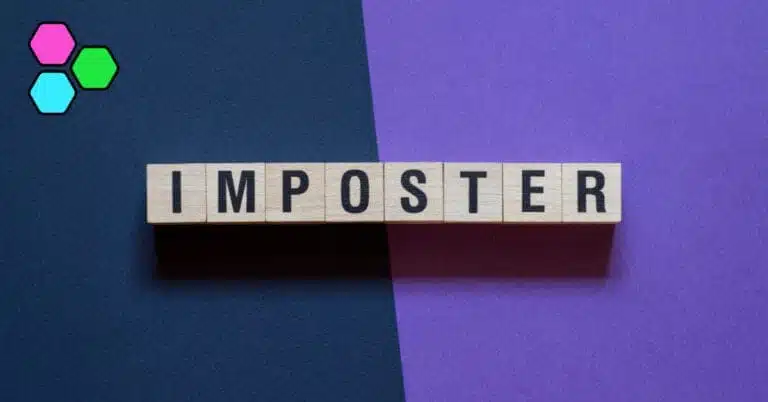Have you ever wondered about making friends with autism?
As human beings, most of us are naturally inclined to seek meaningful friendships with others. For the majority of neurotypical people, it tends to come quite easily.
As someone with autism, however, I find I’m fairly laid-back when it comes to making friends. While I enjoy the company of others from time to time, I also cherish my alone time.
I really enjoy activities like writing this article, where I can focus my mind and lose myself in the process. It’s almost like a form of meditation for me.
If left completely to my own devices, I’d spend as much time as possible doing things like this. The problem is, I wouldn’t get much else done and eventually all they’d find is a skeleton sat at a desk!
If I’m being completely honest, I’d say I prefer being alone over socializing. I can’t help it. That’s just how I’m wired.
By “alone,” I mean either entirely on my own or with my immediate family. It’s my immediate family—mainly my partner—who will encourage me to step outside this comfort zone, connect with others, and build relationships.
It’s all well and good to prefer being alone, but as a father of three young children I have a responsibility to understand the consequences of long-term solitude and to push myself outside of my comfort zone if the negatives significantly outweigh the positives. I’ve realized that I have to become better at making friends with autism.

The Benefits of Friendships
I’ll start off with the eye opening statistic that autistic people, on average, die 16 years earlier than non-autistic people.
It’s not autism itself that causes reduced life expectancy, but rather the contributing factors—loneliness, a higher risk of mental health challenges, and physical illnesses such as diabetes and heart disease.
I’m not exactly sure why there’s a link between autism and diabetes and heart disease. Perhaps being less social also means we’re generally less active, which increases the risk of us being overweight, though I can’t say for certain.
Another fascinating statistic I came across while writing this article is that only about half of the people you consider to be your friends, actually see you as their friend.
This aligns with the Dunbar principle, a theory by British evolutionary scientist Robin Dunbar. He argues that the number of social connections we can maintain at any given time is limited to around 150.
It’s worth noting that these are connections, not friendships. They include colleagues, acquaintances, and social media contacts.
According to Dunbar, we typically have layers of friends: about 10 people with whom we share a strong bond and interact frequently, and then a much broader circle of acquaintances – people we’re friendly with but wouldn’t consider close friends.
Personally, I have maybe one close friend, and for a long time, I attributed this to being autistic. However, a 2021 study revealed that whether you’re neurodivergent or not, the average number of close friends people have is 2.08.
When we put this all together, it becomes clear that while most people have numerous connections, their circle of close friends is extremely small. The key to longevity, then, isn’t about being a social butterfly.
Instead, it’s about focusing on building and sustaining one or two meaningful friendships, because the science shows that’s all we truly want and need.
In this article, I’m going to explore some important things to consider when it comes to making friends with autism, some practical tips for building and maintaining long-lasting friendships, as well as a suggested list of the best places for autistic people to find friends.

Step One: Be Aware of Your Autistic Self
The first step in making new friends with autism, is taking a moment to reflect on who you are and how you’re likely to be perceived by those around you. If you struggle to think of this from their perspective then try using logic.
Then there has to be an honest conversation about your wants and needs. You know that making friends is good for you, but how does that fit with your autism, particularly your social stamina limits and need for routine?
Having a clear and honest awareness of yourself will allow you to have open conversations about your wants and needs and help you set boundaries with the people you meet.
Next, you might want to visualize what your ideal friend looks like – are they a party animal, someone who spends their weekends climbing mountains, or perhaps someone who enjoys peaceful conversation over a glass of wine or a pint of beer? Having this mental picture will help you to identify the best places to start looking for new friends.
Step Two: Decide Whether to Be Open About Your Autism
As you hopefully begin making more friends, you’ll need to decide whether you’re comfortable being open about your autism. This is a deeply personal decision and only you can decide what feels right for you.
Personally, I don’t think I’d share the fact that I’m autistic until I’ve gotten to know someone better, but that’s because I’ve received feedback that my autism doesn’t always stand out. I suppose all that means is I’ve developed a certain proficiency in masking.
However, if my autism were more obvious or I had trouble masking, then I might approach things differently and would likely tell people about my diagnosis from the outset. My reasoning would be that I’d be aware they could tell I’m different, and by sharing my autism, I’d hope to put them at ease.
It would help them to understand that my social awkwardness or difficulty with small talk isn’t personal toward them, it’s just part of who I am. I hope that makes sense to you.
If I were going to disclose my autism from the start, I’d have a pre-emptive script ready to hand. Keep in mind that most people know very little about autism, and what they do know is often based on ignorance and outdated caricatures.
Whether we like it or not, we constantly have to educate others. The good news is, people tend to appreciate you being open and sharing a bit about yourself and it can help to build trust.
I’d probably say something like, “It might not surprise you to know that I’m autistic- it just means that I find things like small talk and eye contact a bit harder than other people. Don’t take it personally!” Not everyone will agree with that approach, but that’s my style. I’d use humor and self-deprecation to put them at ease.
Then, if I found myself looking at the floor or the wall while talking to them, I wouldn’t have to worry about them thinking I’m disinterested in what they’re saying (a common misconception based on my experience).

Step Three: Practice Your Social Skills
When you’re a child, making friends feels really easy. You simply walk up to another kid you just met in the park, and within minutes, you’ve both decided to be best friends. Job done. But as adults, making friends can feel much harder, especially for those of us with autism.
I find it fascinating to watch my neurotypical partner in social settings. It sometimes seems like she’s fending off new friends with a stick. She’s often dozens – sometimes hundreds – of WhatsApp messages behind, with different friends from various groups sharing new chit-chat and banter.
More than once, she’s said to me that she doesn’t want to make any new friends because she can’t keep up with the one’s she’s already got. I can only imagine what that feels like.
People are naturally drawn to her, like moths to a light, and she’s equally drawn to them. Their conversations flow effortlessly. But occasionally, the conversation shifts to me and that’s when things start to go south.
Unless I know the person well, the interaction immediately becomes awkward and a little robotic. I can immediately sense they’re struggling to read me, and they look just a little uncomfortable.
The conversation soon transitions back to my partner and then everyone goes back to feeling comfortable again.
It’s a dynamic I’ve come to accept, but it highlights just how different socializing can feel for autistic people compared to neurotypical individuals.
I’m slowly getting better at making and keeping friends and have picked up a few practical tips along the way.
The first thing you need to do is work on building your confidence. People are naturally drawn to confident individuals.
One simple way to boost your confidence is by creating a personal motto, which is a short, positive phrase you can repeat to yourself. At first, this might feel a bit strange, but it’s quite an effective way to affirm your own value.
For example, try saying something like, “I’m a kind person.” Many of us tend to be overly self-critical, and hearing your inner voice speak kindly about yourself can help shift your mindset and narrative.
You won’t see a change overnight, but making a habit of reminding yourself what makes you great can have an impact.
Here are a few suggestions for personal mottos:
- “I am more than my challenges; I am my strengths.”
- “I embrace who I am, quirks and all.”
- “I am capable, even if I do things differently.”
- “I bring value just by being me.”
- “I am a work in progress, and I’m proud of my journey.”
Find one that speaks to you and repeat it to yourself regularly.
As your confidence begins to grow, find the courage to take yourself outside of your comfort zone and put yourself out there. That means no more endless nights watching Netflix. Instead, you have to treat your time like money and invest it in opportunities to make friends.
Assuming you’ve taken the next step, when you do finally meet someone, keep the conversation light and straightforward. You don’t need to engage in deep and profound discussions with a person you’ve literally just met.
The aim is to establish a two-way dialogue and to show genuine interest in them rather than focusing only on yourself. Think of it as a dance, where two people are coming together to engage in a balanced and mutual exchange.
Ask them questions and listen sincerely to their answers. By this, I mean don’t spend their speaking time thinking about what you’re going to say next. That’s not listening, it’s thinking about yourself, and I guarantee that sooner or later they will notice.
Really focus on the words they’re saying and understand the points they’re making. Only once they’ve finished should you think about formulating a reply.
This is what’s known as active listening, and you’ll be amazed at how much it improves your interactions. It shows the other person that you genuinely value their thoughts and helps to keep the conversation going.
If you’re looking for more tips on the art of small-talk, I’ve written an article that you might find helpful here.

Step Four: Making and Maintaining Friendships With Autism
Having a friend is a bit like caring for a plant and just as plants need regular sunlight and water to thrive, friendships require consistent care and attention.
You can’t expect to meet someone, decide you like them, and boom you’ve got a lasting friendship without putting in the effort. Building and maintaining friendships takes time and commitment.
Start off by being reliable. If the two of you make plans to meet up at a specific time and place, make sure you follow through. It only takes a couple of instances of letting the other person down for them to grow tired and drift away.
Another important aspect is communication. As autistic individuals, we might be perfectly fine going weeks or even months without hearing from someone, but most people aren’t built like that.
Regular communication sends a signal that you care. That means being proactive and sending a text or calling them up and asking how they’re doing from time to time.
Without regular contact, you risk sending a message that you’re indifferent, which again, can result in the friendship coming to an end. After all, if you don’t care about them, then why should they care about you?
At the same time, don’t overdo it. Let the friendship grow naturally. Constantly bombarding someone with messages or demands for attention is a quick way of pushing them away. Try and find a balance where your communication is consistent but not overwhelming.
Finally, be prepared to handle disagreements which are a natural part of any relationship.
While it can be challenging for those of us who struggle to put ourselves in the other persons shoes (what’s known as the double empathy problem), it’s important to listen and genuinely try to understand their point of view.
A disagreement isn’t something you’re aiming to “win”, rather, it’s an opportunity to collaborate and find a solution that works for both of you.
By nurturing your friendships with care, communication, and understanding, you can create meaningful and lasting connections.
Suggested Places for Autistic People to Find New Friends
I thought I’d try and curate a list of places that, in my opinion, are safe and welcoming for people with autism looking to make new friends. So, here it is:
- Board Game Club or Board Game Café
- Book Clubs
- Video or Role Playing Games Clubs
- Climbing Clubs
- Fitness Classes
- Canoeing Clubs
- Local Hiking Groups
- Special Interest Classes (e.g. cooking or photography)
- Volunteering
- Faith Based Groups
Conclusion
For autistics, the concept of making new friends can feel quite daunting, but it’s nothing compared to the serious health risks associated with long term loneliness.
By taking some time to understand yourself and forcing yourself outside of your comfort zone you can build long lasting connections that will undoubtedly enrich, and possibly even extend your life.
Remember that its all about the quality of your friendships and not the quantity and that you only need to find one or two people you can count on to make all the difference.
Making friends comes easily to some people, but its also a learnt skill, and like any skill, it can be improved with patience, practice and a healthy dose of PMA (positive mental attitude).
Your friends are out there waiting to meet you. Good luck!






















